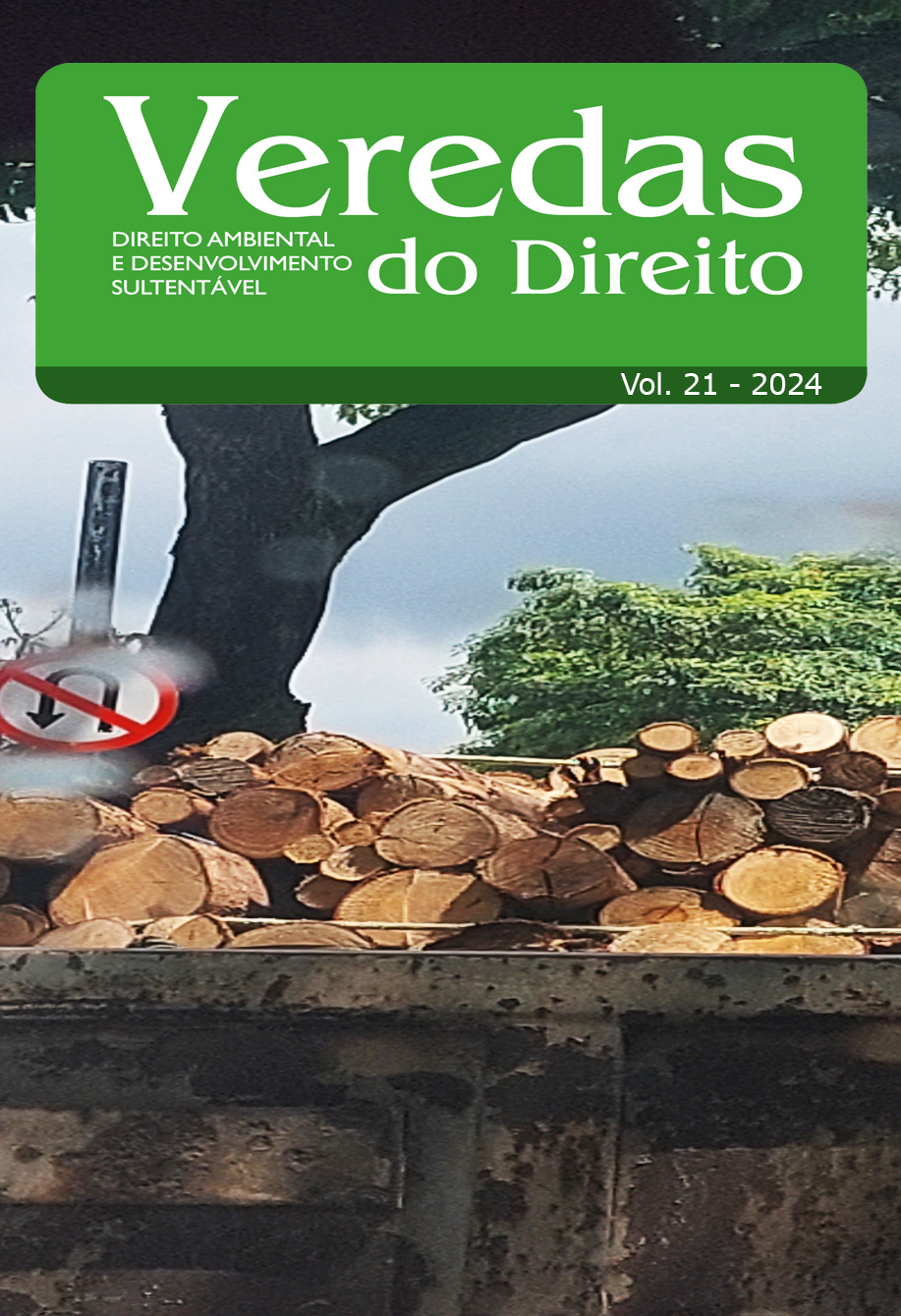INTERCULTURALITY IN SOCIAL SECURITY LAW RELATED TO THE INDIGENOUS PEOPLE OF THE JAMà TŸ TÃNH COMMUNITY
Main Article Content
Abstract
The colonial matrix is present in Brazilian legal norms so that interculturality consists of a proposal that aims to open new paths that confront aspects of coloniality. Brazil has 896 thousand indigenous people, of which 572 thousand live in rural areas and 324 thousand live in urban areas. The investigation uses experience cases from the Kaingang ethnic group, which is distributed across four Brazilian states and has a population of 39 thousand people. This paper aims to understand which aspects of interculturality are used in Social Security Law in relation to the Kaingang indigenous people of the Jamã Tÿ Tãnh community, located in the municipality of Estrela/RS. Experience reports about access to Social Security from eight indigenous people from the Jamã Tÿ Tãnh community were used. The case study method was adopted, being the research qualitative, whose technical instruments were bibliographic and documentary research, observations recorded in field diaries and oral history. It is concluded that interculturality seeks to confront the colonial matrix present in the Brazilian legal system, which makes access to Social Security benefits difficult, especially when it comes to indigenous populations.
Article Details
I (we) submit this article which is original and unpublished, of my (our) own authorship, to the evaluation of the Veredas do Direito Journal, and agree that the related copyrights will become exclusive property of the Journal, being prohibited any partial or total copy in any other part or other printed or online communication vehicle dissociated from the Veredas do Direito Journal, without the necessary and prior authorization that should be requested in writing to Editor in Chief. I (we) also declare that there is no conflict of interest between the articles theme, the author (s) and enterprises, institutions or individuals.
I (we) recognize that the Veredas do Direito Journal is licensed under a CREATIVE COMMONS LICENSE.
Licença Creative Commons Attribution 3.0



































